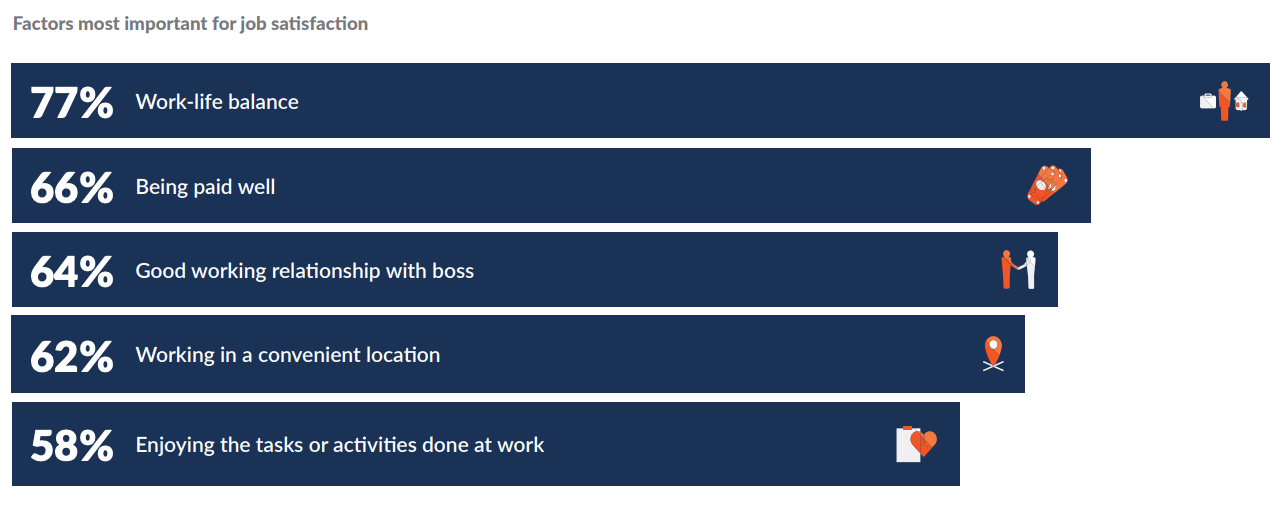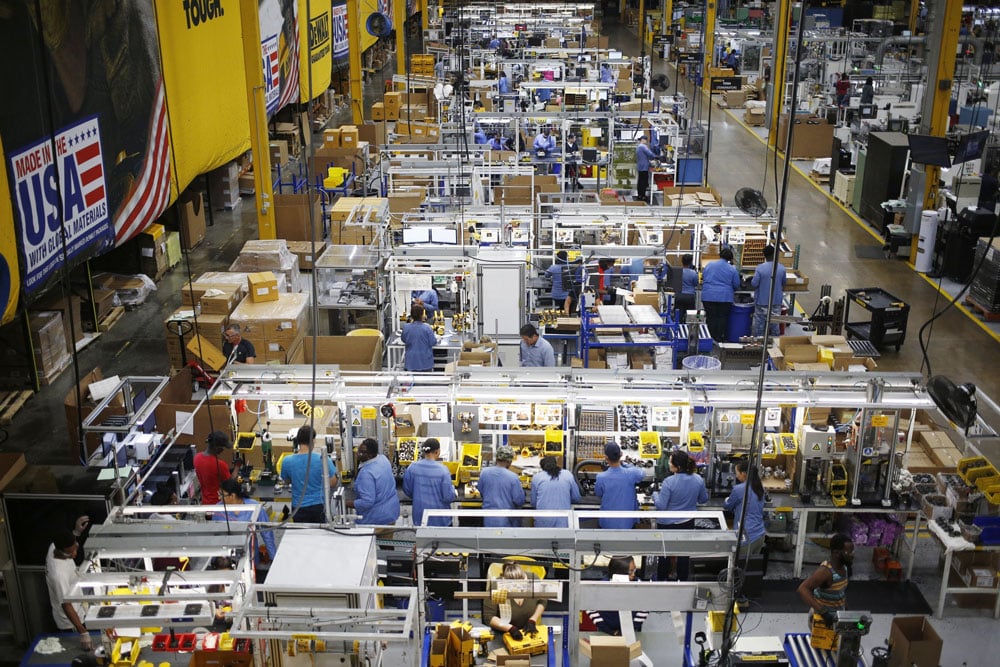Where are the Workers?
Every manufacturing and distribution site we talk to has the same problem, absenteeism. What most companies don’t realize is that absentee workers are a symptom of a larger problem, and contrary to popular belief that problem isn’t laziness.
The deeper cause of absenteeism is tied to a major shift in how people view work today.

Gone are the days of workers aspiring to find a career as a machine operator or maintenance tech for 30 years, become a supervisor, earn a gold watch, and retire. Gen Z entered the workforce with options like Uber and DoorDash, which completely changed the way they find jobs and manage their schedules.
How did these companies take a job that 10 years ago nobody wanted (like delivering pizza or having a stranger in your backseat) and make it cool?
Companies that are recruiting and retaining employees are making it easy, digital, and most importantly workers can choose their work schedules.
You can apply and get hired instantly on your cell phone. Don’t feel like working today? Fine, don’t pick up a shift. Need gas money? Great, here’s same-day pay.
According to a 2022 report from The Federal Reserve Bank of Boston, roughly 1 in 9 men ages 25-54 are out of the labor market today, compared to 1 in 50 in the mid-1950s. Why? Because they don’t want the jobs that are being offered today.
What is it workers want? A survey from Lux Insights found the #1 item on a worker’s priority list was work-life balance, coming in above higher pay rate. They want flexibility in their work schedule.

Source: Shiftboard & Lux Insights: Shift State of Hourly Workers Study
How can Employers Give Flexibility to Shift-Based Workforces?
First, here’s what not to do!
We see a lot of manufacturers respond to increased absenteeism by implementing stricter attendance policies, increasing 8-hour shifts to 10-12 hours straight, and mandating overtime for most workers. This makes things worse. On top of high absenteeism, now employers are dealing with high turnover rates and overtime expenses that often blow labor budgets out of the water.
It’s a double whammy. If this is your situation you’re not alone – a lot of companies have been there and have done that too!

Addressing absenteeism requires more than just knee-jerk reactive attendance policies. It first means taking a deep dive into your existing workforce behavioral data to determine what’s actually happening at your facility, and second, it’ll take a willingness to change your attendance policies and procedures to allow workers more control over their schedule.
Here are the steps you need to follow to implement flexibility at your facility:
- Understand your Data: A look at overtime, attrition, and absenteeism metrics.
- Create Flexibility: How to give hourly workers the time off they need.
- Leverage Technology: How to implement and manage flexibility.




